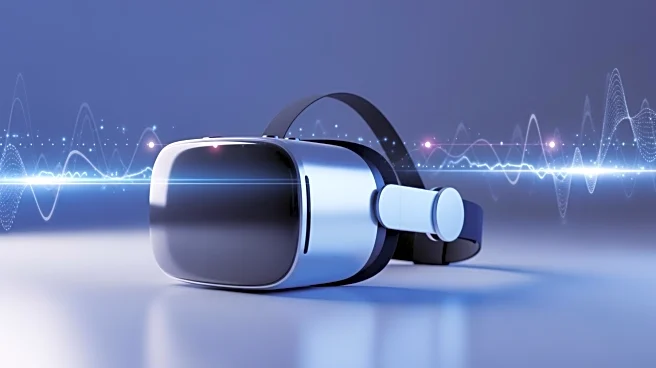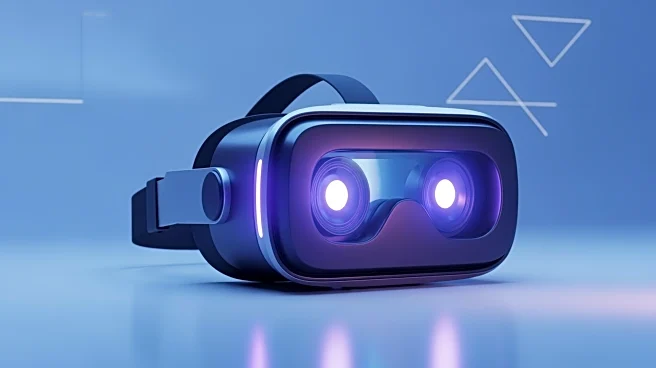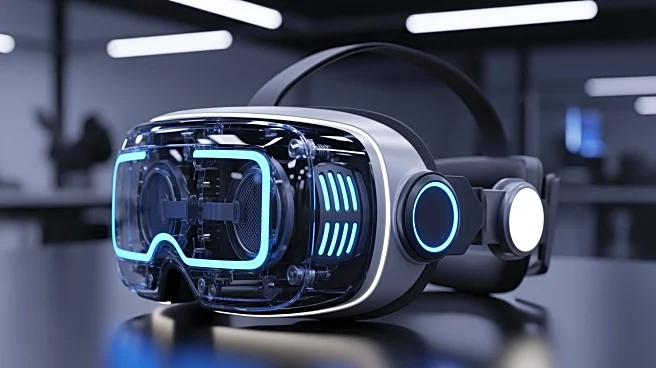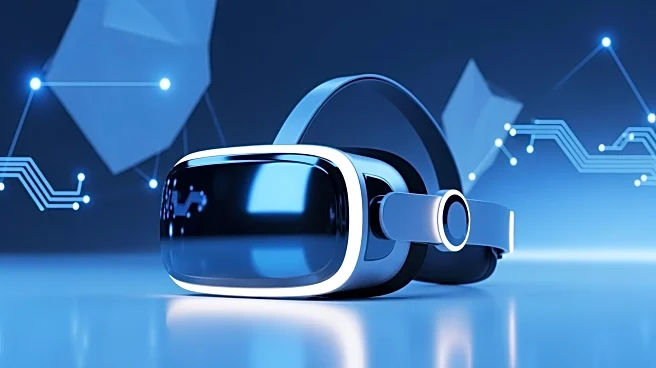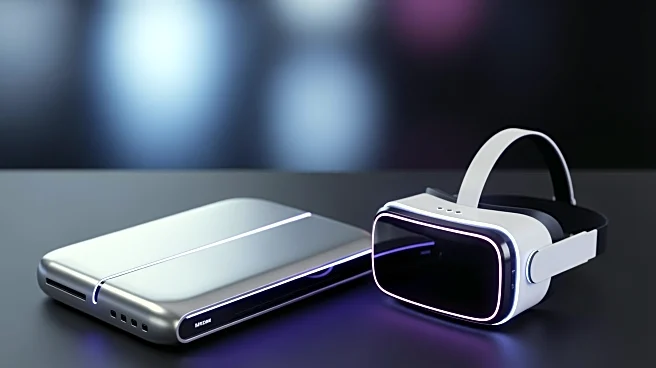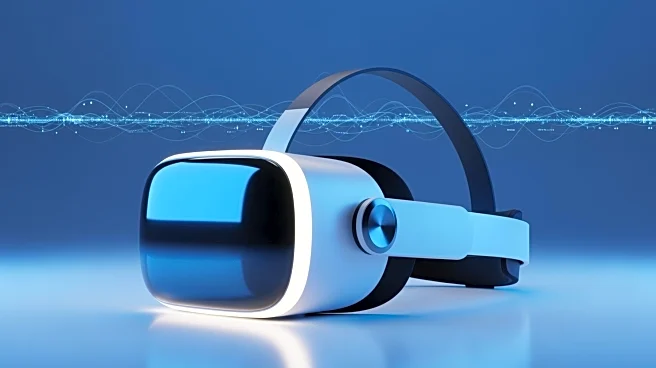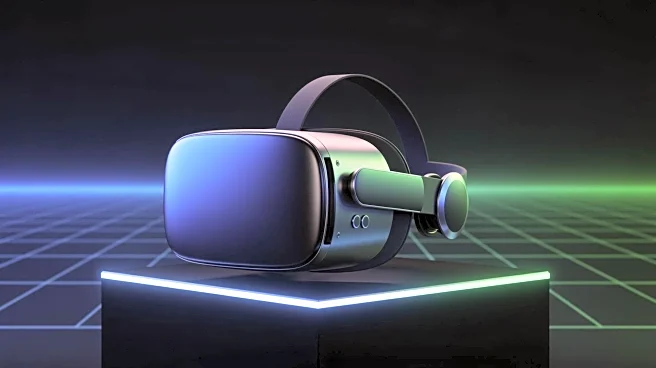What's Happening?
Valve has unveiled its new VR headset, the Steam Frame, which has garnered attention for its innovative engineering. The headset's design focuses on thermal management, with the System on Chip (SoC) placed on the back of the chip, sandwiched between heat
pipes to efficiently manage heat through the PCB. This approach is a departure from traditional methods and highlights Valve's commitment to addressing thermal challenges in VR technology. Additionally, the headset's power delivery system required precise packaging of voltage regulators due to impedance constraints, offering a glimpse into the complexities of electrical design in VR hardware. The engineers also discussed cooling requirements for the LCD screens, which are designed to run warm for faster refresh rates, and the importance of minimizing acoustic vibration to protect integrated audio systems.
Why It's Important?
The engineering advancements in Valve's new VR headset could significantly impact the VR industry by setting new standards for thermal management and power delivery in VR devices. These innovations may lead to more efficient and comfortable VR experiences, potentially increasing consumer adoption and driving further technological advancements in the sector. Valve's transparency in sharing detailed engineering insights contrasts with the secrecy often seen in the tech industry, fostering a culture of openness that could encourage collaboration and innovation. As VR technology continues to evolve, these developments may influence design practices across the industry, benefiting both consumers and manufacturers.
What's Next?
Valve's new VR headset is expected to be released to the public soon, with teardown videos likely to follow, providing further insights into its design and functionality. The company's approach to sharing engineering details may inspire other tech companies to adopt similar practices, potentially leading to more collaborative efforts in the VR space. As the headset becomes available, consumer feedback will play a crucial role in shaping future iterations and improvements. The industry will be watching closely to see how Valve's innovations influence the competitive landscape and drive advancements in VR technology.
Beyond the Headlines
Valve's decision to allow engineers to discuss the technical aspects of the new VR headset reflects a shift towards greater transparency in the tech industry. This openness may encourage other companies to share more about their design processes, fostering a culture of collaboration and innovation. The focus on thermal management and power delivery highlights the importance of addressing technical challenges in VR design, which could lead to more efficient and sustainable practices in the industry. As VR technology becomes more mainstream, these engineering advancements may contribute to broader societal changes, such as increased accessibility and new applications in education, healthcare, and entertainment.


